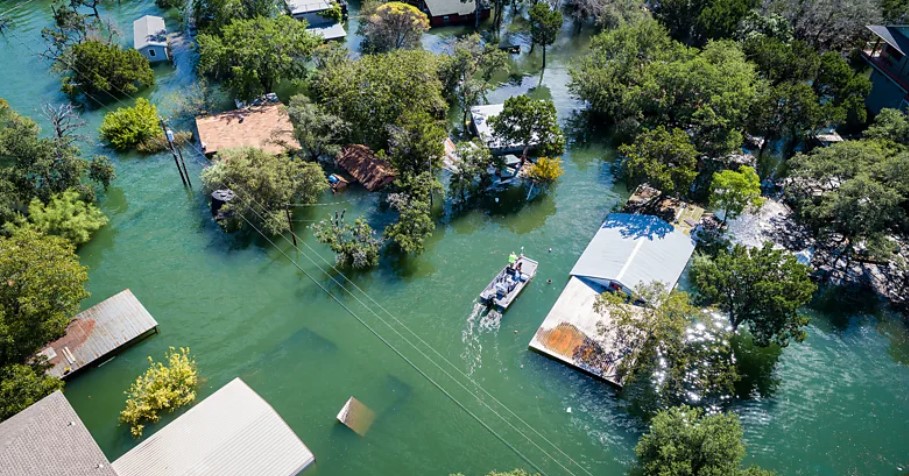
Climate change is no longer a distant threat but an immediate reality, wreaking havoc across the globe. In the United States, the impacts of climate change are becoming increasingly evident, exacerbating an already dire insurance problem. From extreme weather events to rising sea levels, climate change is driving up insurance costs and posing significant challenges to the insurance industry, homeowners, and businesses alike.
One of the most glaring manifestations of climate change in the United States is the surge in extreme weather events. Hurricanes, wildfires, floods, and tornadoes are becoming more frequent and severe, causing billions of dollars in property damage and insurance claims. The Atlantic hurricane season, in particular, has seen a rise in the number of intense storms, leading to record-breaking losses for insurers. The devastation wrought by hurricanes like Katrina, Sandy, and Harvey serves as stark reminders of the immense toll that climate change-induced disasters can exact on communities and insurers.
In response to these mounting challenges, insurers in the United States are being forced to reevaluate their risk assessment models and pricing strategies. Many are incorporating climate change projections into their underwriting processes, using sophisticated modeling techniques to anticipate future losses and set appropriate premiums. Insurers are also investing in resilience measures, such as building stronger and more resilient structures, implementing disaster preparedness plans, and promoting mitigation efforts to reduce risk.